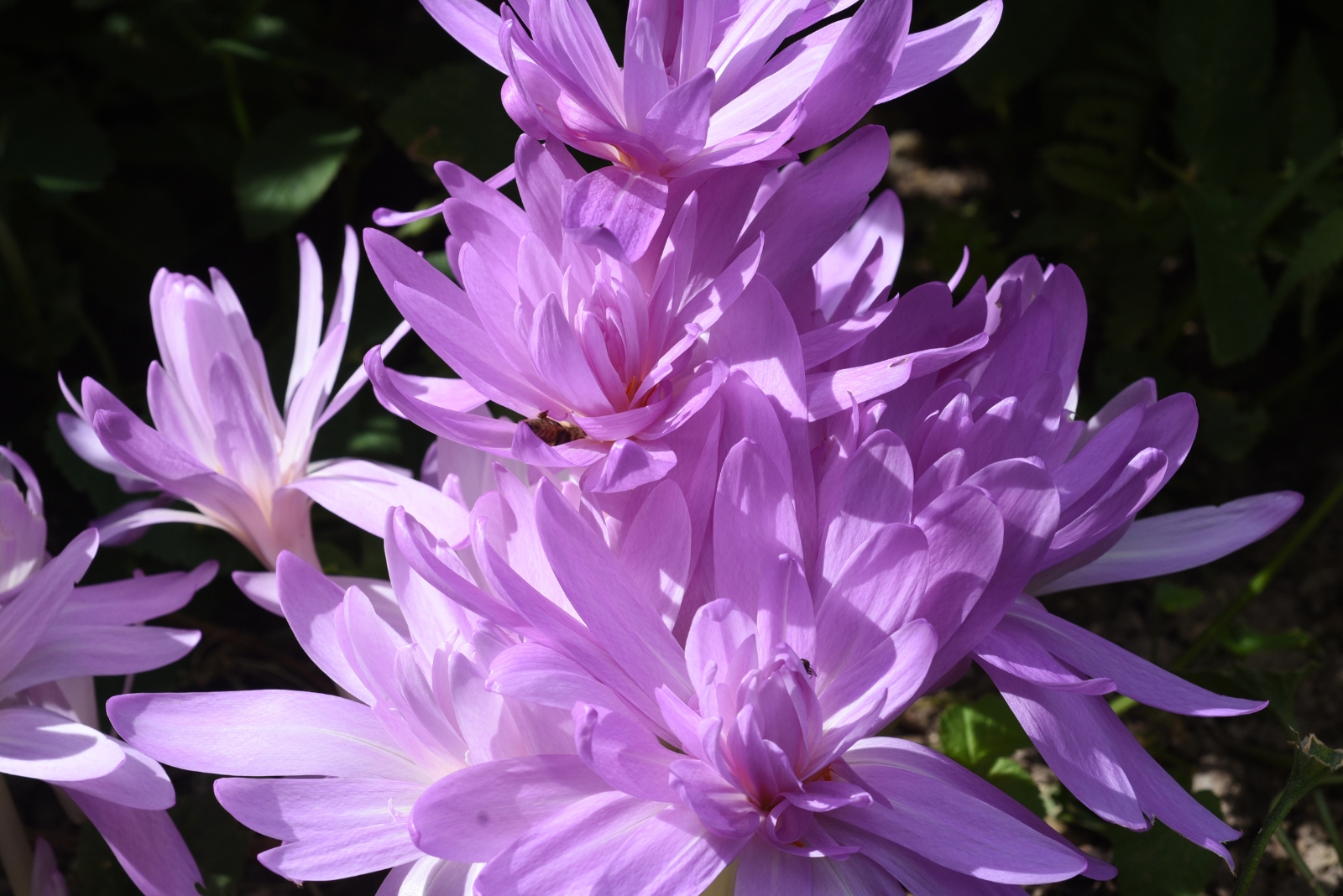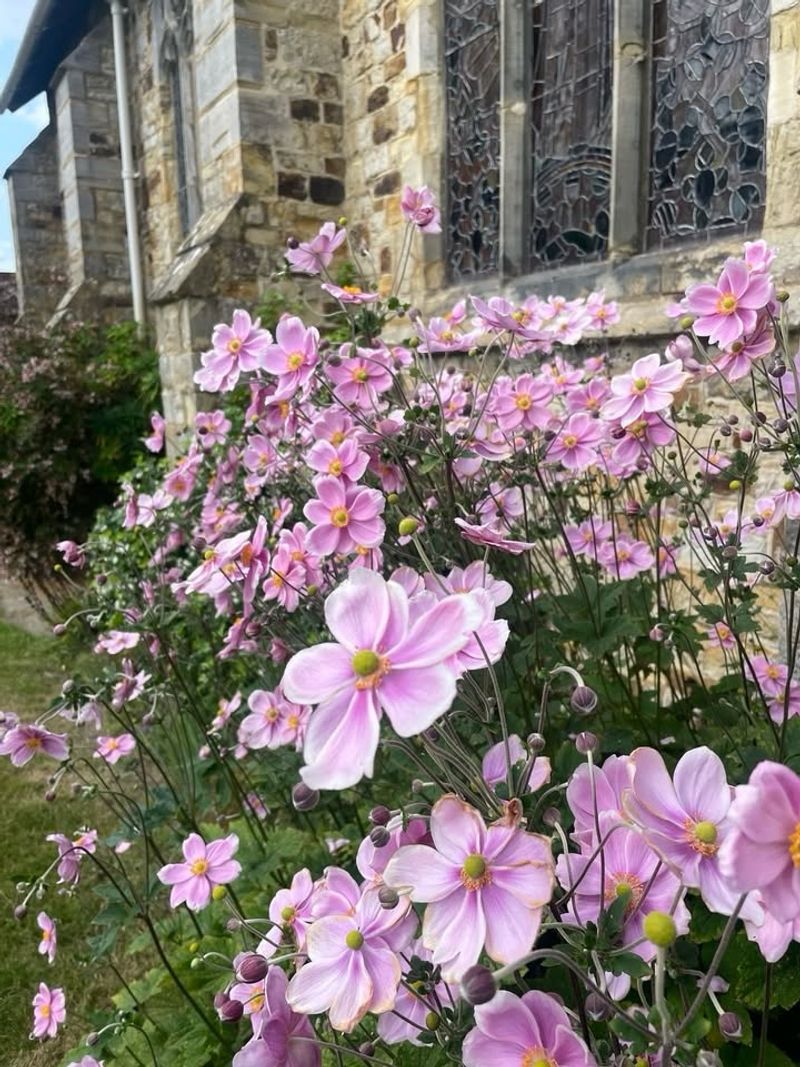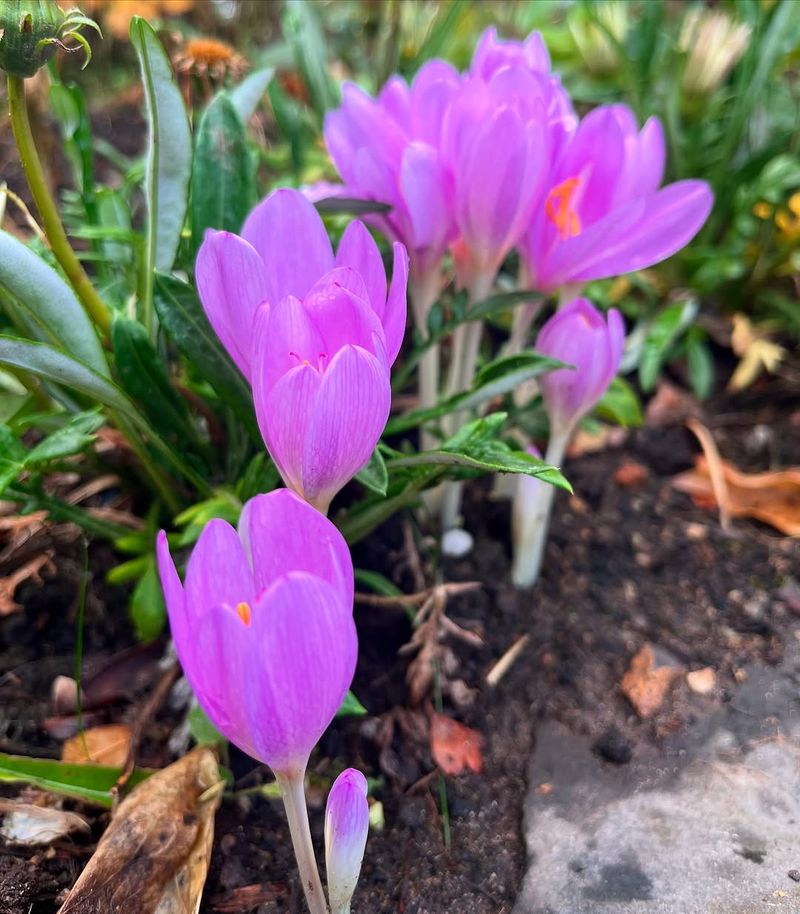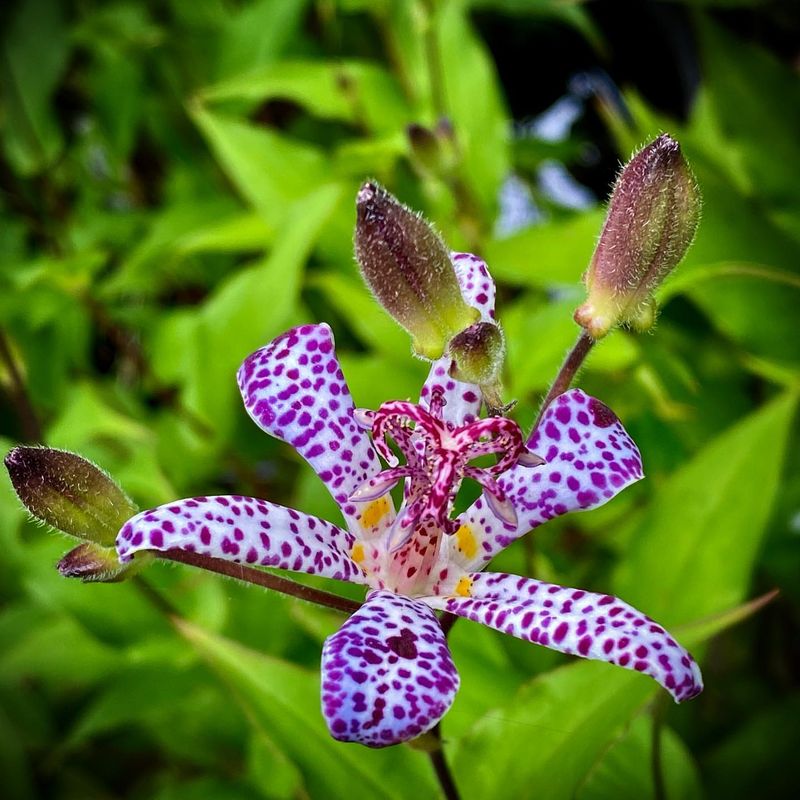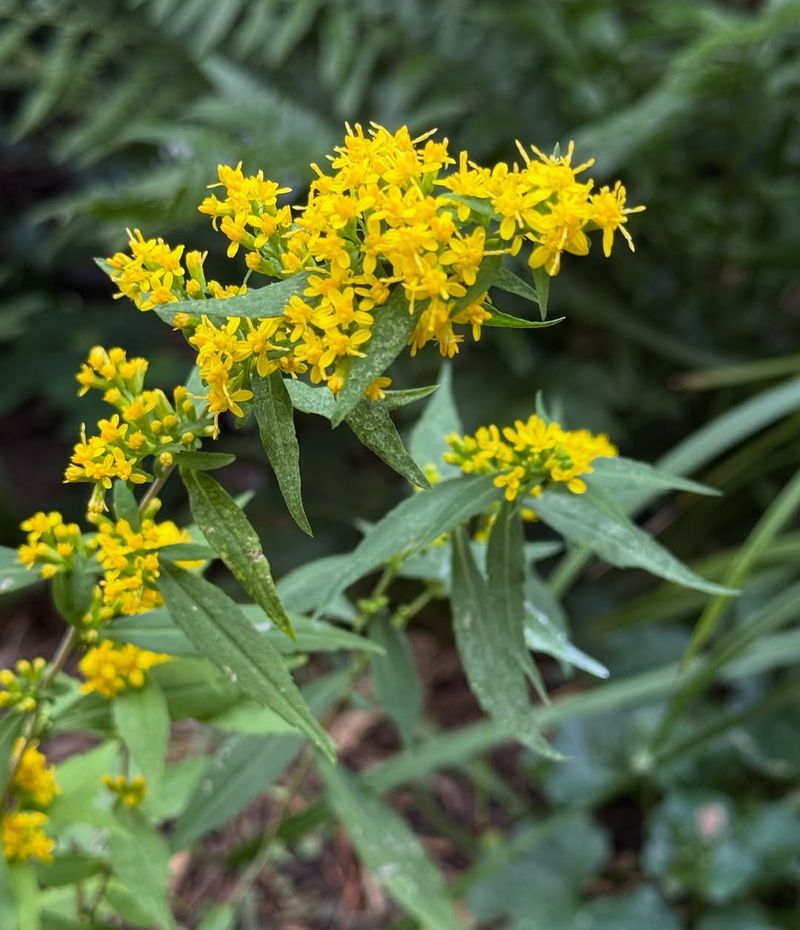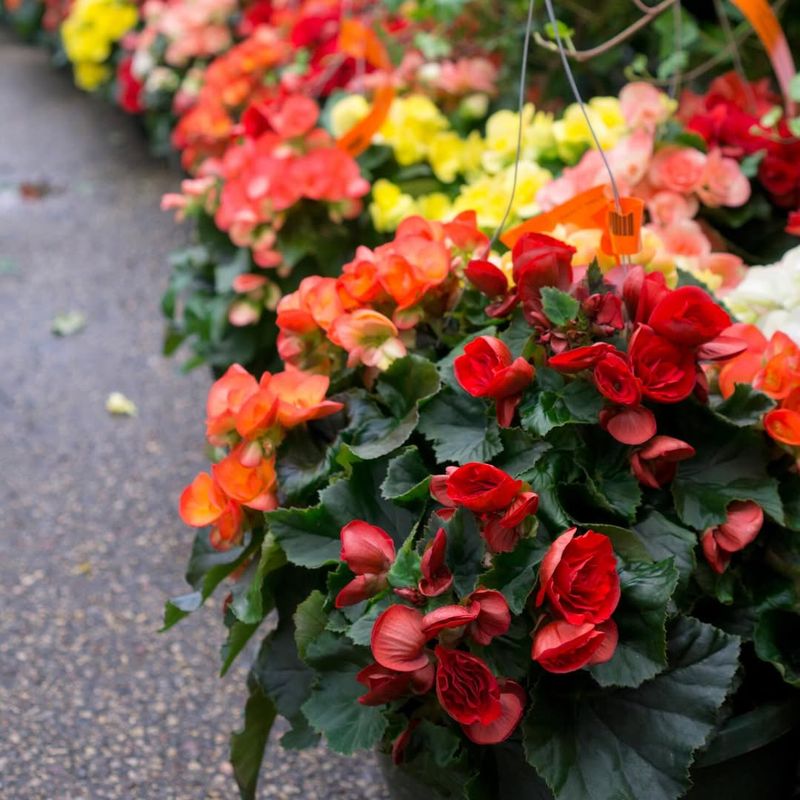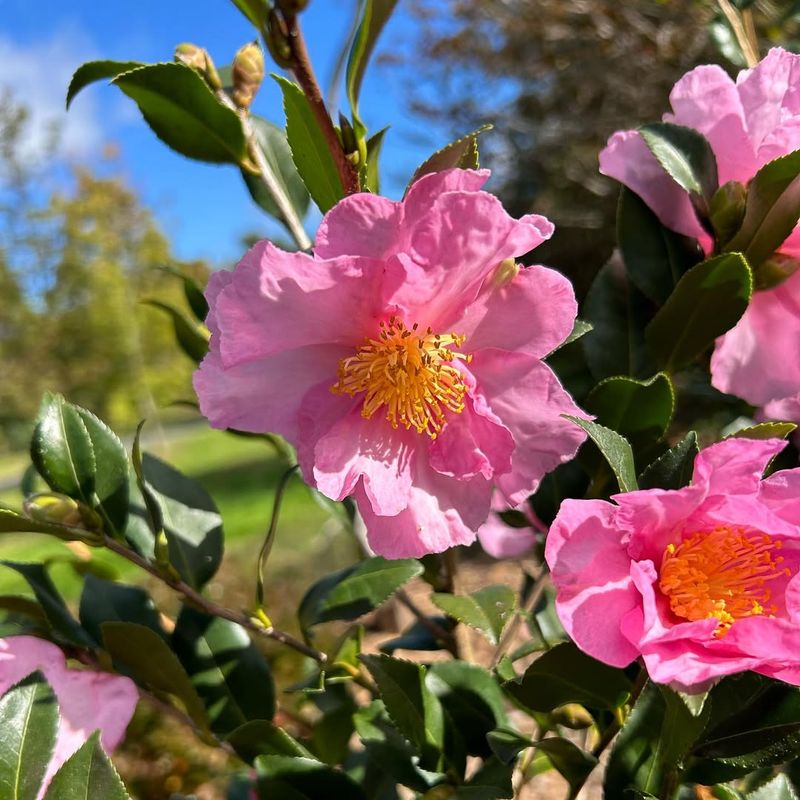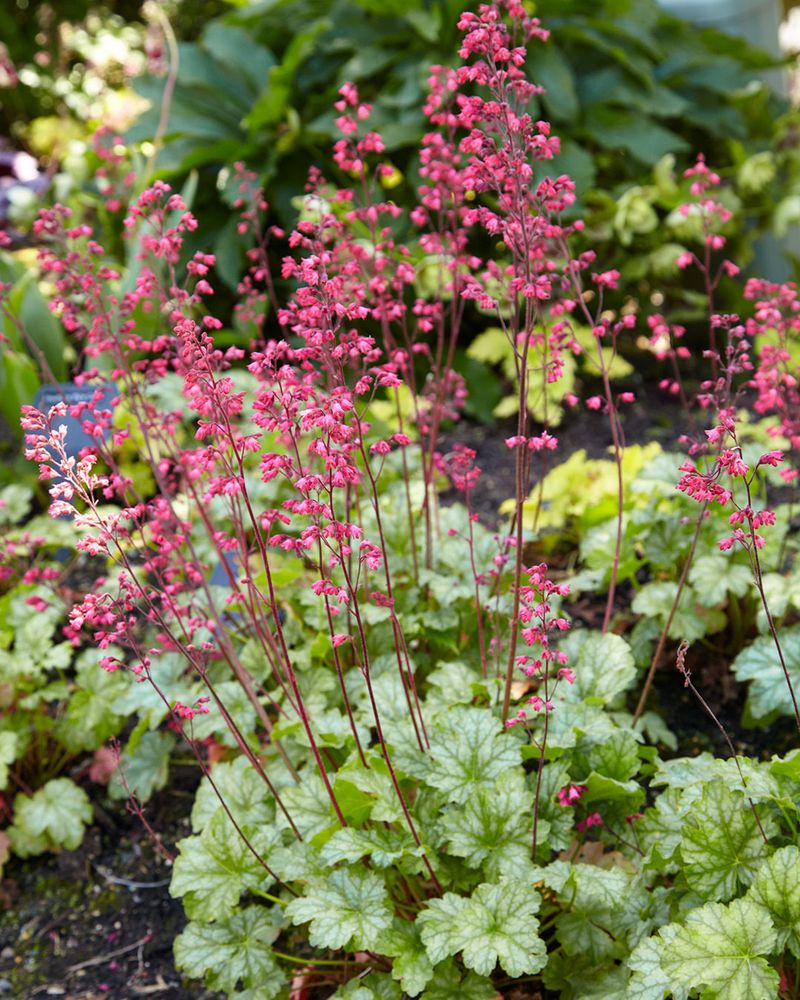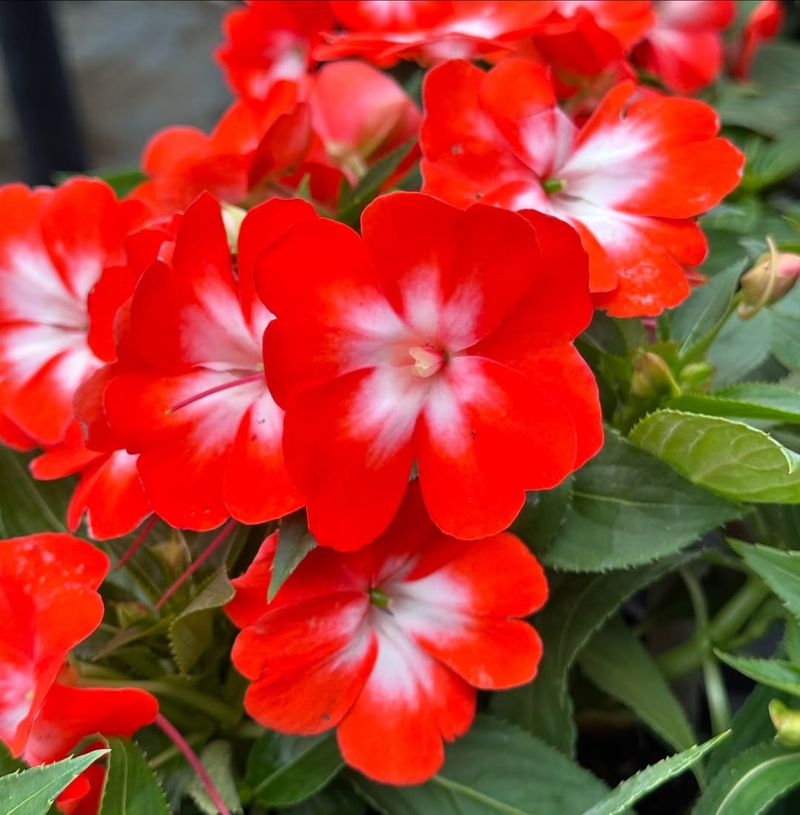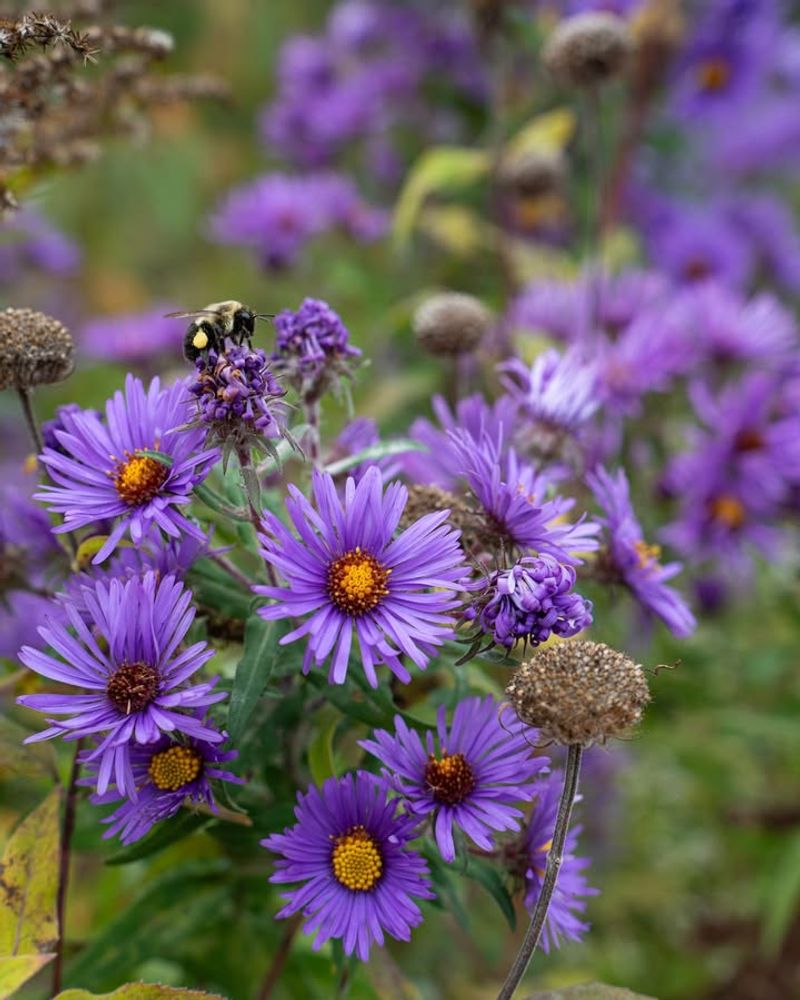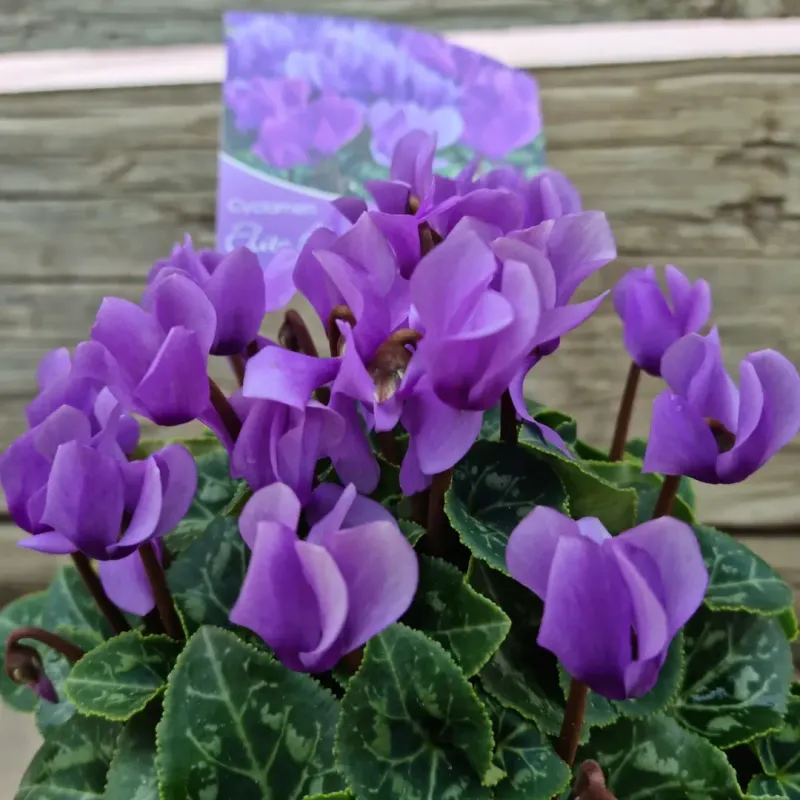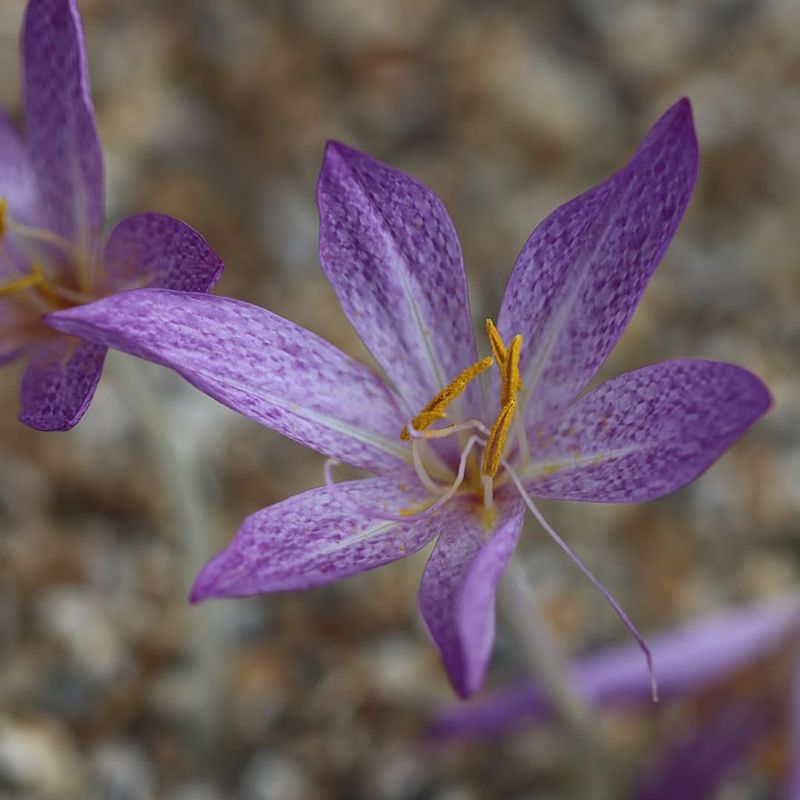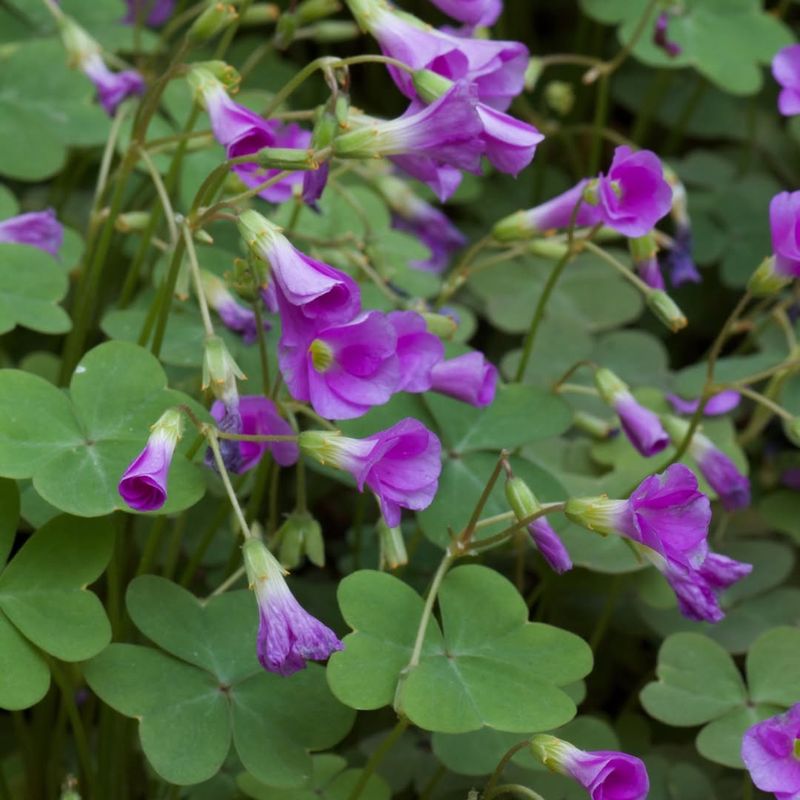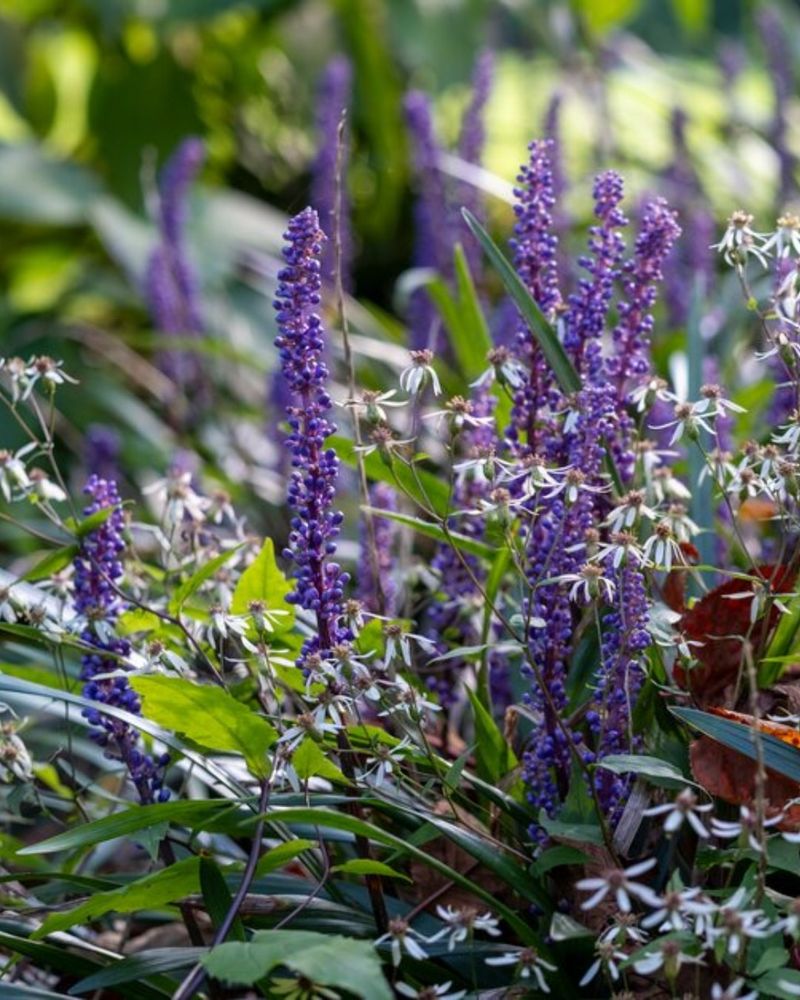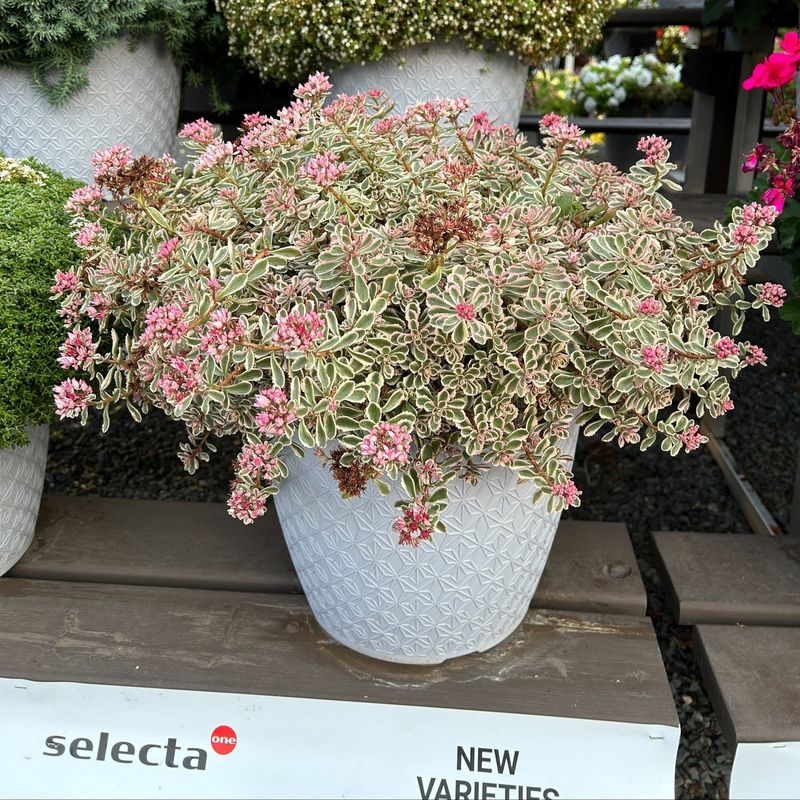When fall arrives in Georgia, most gardeners think their shady spots will turn dull and lifeless. But that doesn’t have to be true at all!
Plenty of beautiful flowers actually love blooming in the cooler fall months while thriving in those shadowy corners of your yard. With the right plants, your shaded garden can burst with color just when you need it most.
1. Japanese Anemone
Graceful stems sway gently in the breeze, carrying gorgeous pink or white blooms that look almost like poppies. Japanese Anemones stand tall, reaching up to four feet, making them perfect for adding height to your garden beds.
They start flowering in late summer and keep going strong through October. Once established, they spread naturally and need very little fussing over, which makes them ideal for busy gardeners.
Plant them in moist, well-draining soil and watch them multiply year after year.
2. Autumn Crocus
Surprise blooms pop up seemingly out of nowhere when you plant these charming bulbs. Without any leaves attached, the lavender-pink flowers appear like magic in September and October, creating little bursts of color across your garden floor.
Most people mistake them for spring crocuses, but these autumn varieties are completely different plants. They prefer dappled shade and do wonderfully under deciduous trees.
Just remember they’re toxic to pets, so plant them carefully.
3. Toad Lily
Orchid-like flowers covered in purple spots make this plant look like something from a fairy tale. Despite the funny name, Toad Lilies are absolute showstoppers that bloom from September through November, bringing exotic beauty to shaded spaces.
Native to Asia, they’ve adapted beautifully to Georgia gardens. The arching stems create elegant displays, and the spotted petals attract butterflies and hummingbirds.
They appreciate consistent moisture and rich soil loaded with organic matter.
4. Goldenrod
Bright yellow plumes light up shady corners when September rolls around. Many folks wrongly blame Goldenrod for their allergies, but ragweed is actually the culprit since Goldenrod pollen is too heavy to float through the air.
This native Georgia plant attracts tons of beneficial pollinators and butterflies to your garden. Several varieties tolerate partial shade beautifully while still producing those cheerful golden flower spikes.
They’re drought-tolerant once established and require almost no maintenance.
5. Begonia
Ruffled petals in shades of red, pink, orange, and white create stunning displays that last until the first frost hits. Tuberous begonias absolutely love Georgia’s shaded gardens and keep pumping out flowers throughout autumn months.
Their succulent-like stems and glossy leaves add texture even when blooms fade. Water them regularly but make sure the soil drains well to prevent root rot.
Many gardeners dig up the tubers before winter and replant them each spring.
6. Camellia Sasanqua
Elegant blooms appear on evergreen shrubs from October through December, providing structure and color when most plants have finished their show. Unlike their spring-blooming cousins, Sasanqua Camellias tolerate more sun but still thrive beautifully in partial shade.
The flowers come in white, pink, or red and have a light, pleasant fragrance. These tough shrubs handle Georgia’s climate like champions and resist most pests.
Plant them in acidic soil with good drainage for best results.
7. Heuchera
Tiny bell-shaped flowers dance on wiry stems above stunning foliage that ranges from lime green to deep purple. While Heuchera is mainly grown for its incredible leaf colors, the delicate fall blooms add an extra bonus to your shade garden.
Also called Coral Bells, these perennials stay evergreen in Georgia’s mild winters. They form neat mounds that work perfectly as edging plants or groundcovers.
Deer usually leave them alone, making them great for woodland gardens.
8. Impatiens
Non-stop color from spring through fall makes Impatiens a favorite for shady spots throughout Georgia. Their cheerful flowers cover the plants so completely that you can barely see the leaves underneath.
They come in nearly every color imaginable except true blue. While technically annuals, they often reseed themselves in Georgia gardens, popping up again the following year.
Keep the soil consistently moist, and they’ll reward you with continuous blooms until frost arrives.
9. Aster
Daisy-like flowers in purple, pink, or white create clouds of color that butterflies absolutely adore. While many Asters prefer full sun, several varieties handle partial shade remarkably well and still produce abundant fall blooms.
Native Georgia species like Smooth Aster work particularly well in woodland settings. The flowers appear in September and October, providing crucial nectar for migrating Monarch butterflies.
Cut them back in early summer to encourage bushier growth and more flowers.
10. Cyclamen
Butterfly-like flowers seem to hover above beautiful marbled leaves that look hand-painted by an artist. Hardy Cyclamen varieties bloom from September through November and can handle Georgia winters outdoors without any protection.
Their unique upswept petals come in shades of pink, purple, or white. Plant the tubers just beneath the soil surface in summer, and they’ll reward you with charming blooms come autumn.
They naturalize beautifully under trees and spread slowly over time.
11. Colchicum
Often called Meadow Saffron, these robust bulbs send up large chalice-shaped flowers without any leaves in sight. The blooms appear in September and October, creating dramatic purple-pink displays that look like giant crocuses on steroids.
Foliage emerges in spring and dies back by summer, making them perfect companions for hostas or ferns. They prefer dappled shade and well-drained soil.
All parts are extremely toxic, so handle with care and keep away from children and pets.
12. Oxalis
Shamrock-shaped leaves fold up at night like tiny umbrellas, then reopen each morning to reveal delicate pink or white flowers. Several Oxalis varieties bloom reliably throughout fall in Georgia’s shaded gardens, creating charming low groundcovers.
The dainty flowers appear continuously from late summer until frost. Some species have burgundy or purple foliage that adds extra interest.
They spread gradually and work wonderfully in containers or as edging plants along shaded pathways.
13. Liriope
Spiky purple or white flower stalks emerge from grass-like foliage in late summer and persist through fall. Also known as Monkey Grass or Lilyturf, Liriope is practically indestructible and thrives in Georgia’s toughest shady spots.
The evergreen foliage provides year-round interest, and the fall blooms attract bees. Black berries follow the flowers, adding winter appeal.
It tolerates drought, deer, and deep shade, making it one of the most reliable groundcovers available.
14. Sedum
Succulent leaves store water efficiently, making these tough perennials incredibly low-maintenance choices. While most Sedums prefer sun, several varieties tolerate partial shade and produce stunning fall flower clusters in pink, red, or white.
The fleshy foliage adds interesting texture throughout the growing season. Butterflies and bees flock to the nectar-rich blooms that appear in September and October.
Even after flowering, the dried seed heads look attractive through winter and provide food for birds.

